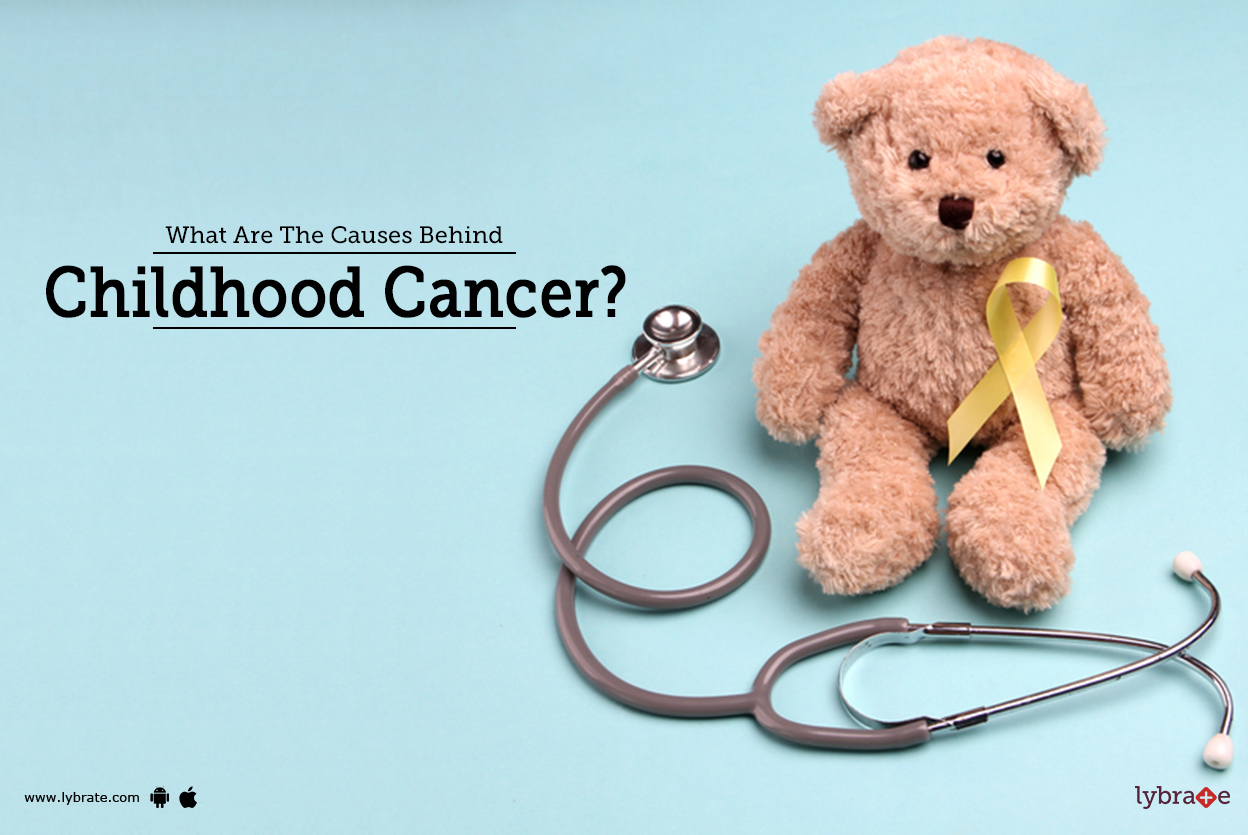What Are The Causes Behind Childhood Cancer?
Childhood cancer, being the common cause of death among children, is concerning the whole world. It is more common in developing or underdeveloped countries. The main causes for such a low survival rate include :
-
Delayed diagnosis
-
The inability of the disease to be diagnosed accurately
-
Difficult access to the required therapies
-
Inappropriate treatment
-
Inability to save patients from the hazardous side effects
-
Lethal relapse
Cancer can occur in children or adolescents of any age and gender. It can invade any part of the body regardless of any factor. Initiating with a genetic transformation in a single cell, it gradually proliferates into a bigger mass of cells or a tumor. This starts attacking other unaffected parts in the body, followed by a series of complications that become potentially life-threatening. The condition, if not treated on time or in case of any delay in the treatment, proves to be fatal.
Cancers generally have known, uncontrollable causes but the scenario is different in the case of childhood cancer. Most of them are idiopathic or lack any known cause of occurrence. However, various studies and researches regarding these have led to connecting them to the environment or lifestyle-related factors. Exact causes are still unknown in most of the cases but there are some risk factors considered to be linked with the deadly disease in certain aspects.
Some of the important risk factors associated with childhood cancer include the following :
-
Chronic infections - These may include HIV, malaria, and infection with the Epstein-Barr virus. Such chronic infections have been more commonly found to affect children in underdeveloped or developing nations. Due to lack of proper treatment, these eventually lead to an occurrence of malignancy in them in certain conditions.
-
Hepatitis - This is a leading cause for initiating risks of liver cancer in children. Hence, vaccination against this viral infection is important, especially in poor countries where delayed or inappropriate prevention of it puts the children at risk of death.
-
Human papillomavirus - This affects female children lacking proper immunization, making them more susceptible to developing cervical cancers at an early age.
The probable risk factors related to childhood cancer flourish more in poor or low-income countries who due to lack of the basic treatment modalities and awareness have been prone to such fatal diseases throughout. Important factors putting children on the verge of risks there may include :
-
Delayed diagnosis
-
Inappropriate facilities to provide an accurate diagnosis
-
Inaccessible treatment therapies
-
Incomplete treatment, followed by unavoidable relapse
-
Inability to predict or cope-up with the toxic side effects of therapies



+1.svg)
